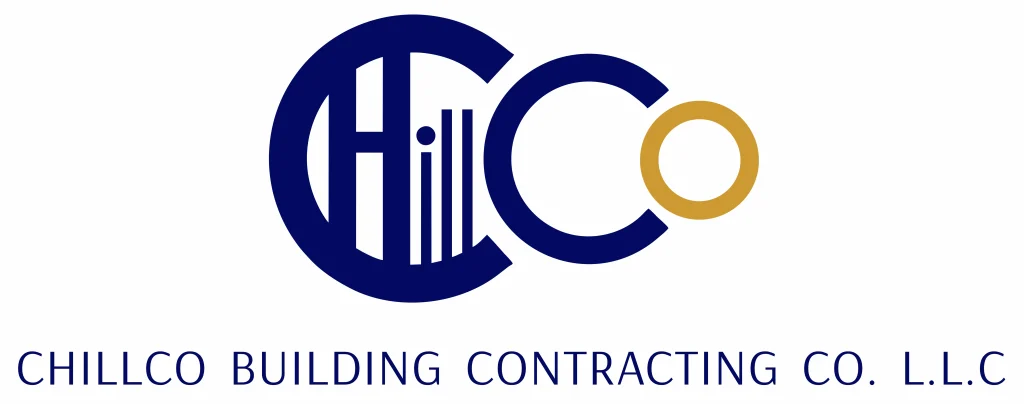When people think of Dubai, they often picture luxury skyscrapers, shimmering glass towers, and ultra-modern villas — all rising from the golden desert. What most don’t realize is that building in such an extreme environment takes more than aesthetics. It requires strategy, adaptation, and deep knowledge of the climate.
In this blog, we’ll explore how Dubai’s climate shapes the way to design, plan, and build everything from private homes to large commercial projects.
1. Heat Is the First Challenge
Dubai’s average summer temperatures can soar beyond 45°C (113°F), with high humidity making conditions even more intense. Construction materials and design decisions must account for this heat, or the results can be disastrous — from structural warping to unsafe interiors.
Key adaptations include:
-
Reflective roofing materials that reduce solar heat gain.
-
High-performance insulation to keep interiors cool and reduce energy bills.
-
UV-resistant windows and glazing that let in light but block heat.
For every project, we consider how the sun moves across the plot — and how to use that knowledge to our advantage.
2. The Importance of Ventilation and Shading
Passive cooling is a concept rooted in ancient desert architecture, and it’s still incredibly effective today — especially when paired with modern engineering. Creating airflow through smart layout design helps reduce reliance on mechanical cooling systems.
Design homes and villas with:
-
Cross-ventilation pathways that allow hot air to escape.
-
Courtyards and internal gardens that provide shaded, cooler zones.
-
Deep overhangs and pergolas to shade windows and outdoor areas.
Good design doesn’t fight the climate — it works with it.
3. Choosing Climate-Resilient Materials
Not all construction materials are built for the desert. The intense sun, salty air (especially near the coast), and occasional sandstorms can cause rapid deterioration if the wrong products are used.
Prioritize:
-
Corrosion-resistant metals for structural elements and external finishes.
-
Concrete mixes designed to withstand heat cycles and salt exposure.
-
Fade-resistant paints and coatings that maintain their look for years.
The materials we choose today determine how a building performs 10, 20, even 30 years down the line.
4. Sustainable Cooling and Energy Efficiency
Energy consumption is a major concern in Dubai, with cooling systems accounting for a large percentage of usage — especially during summer. That’s why sustainability is no longer a luxury; it’s a necessity.
Implement:
-
High-efficiency HVAC systems that adjust to real-time usage.
-
Smart home technologies that allow owners to control temperature, lighting, and energy use from their phone.
-
Solar panel integration where viable — especially for villas with large roofs.
With Dubai’s commitment to green development through programs like the Dubai Clean Energy Strategy 2050, energy-efficient construction isn’t just good for the planet — it adds long-term value to your property.
5. Sandstorms and Structural Integrity
Sandstorms may not be daily occurrences, but they’re a real consideration when building in the UAE. Fine dust can infiltrate poorly sealed buildings, damage electrical components, and reduce air quality inside.
To protect projects:
-
Install high-quality sealing systems on doors and windows.
-
Use external finishes that are easy to clean and resistant to abrasion.
-
Reinforce air filtration systems to maintain interior air quality.
This kind of foresight protects both the property and the health of its occupants.
6. Water Management in a Dry Landscape
Even in a desert, water matters. Dubai uses advanced irrigation and water recycling systems — and buildings must do their part. Landscaping, plumbing, and drainage need to be designed with conservation in mind.
Projects often include:
-
Greywater recycling systems that reuse water for landscaping.
-
Native or drought-resistant plants that thrive with minimal water.
-
Smart irrigation systems that reduce waste.
It’s about being smart, efficient, and sustainable — from the ground up.
Building for Dubai Means Building Differently
Dubai’s skyline is built on ambition, but its foundations are built on understanding. To construct buildings that last, perform, and truly suit this environment, you need more than concrete and steel — you need local expertise and climate-conscious planning.
At Chillco , we take pride in our ability to adapt global best practices to local realities. We don’t just design for beauty; we build for Dubai’s future — one structure at a time.
Whether you’re dreaming of a home, planning a commercial space, or developing a community, we’re ready to build with you — and for the desert we call home.

